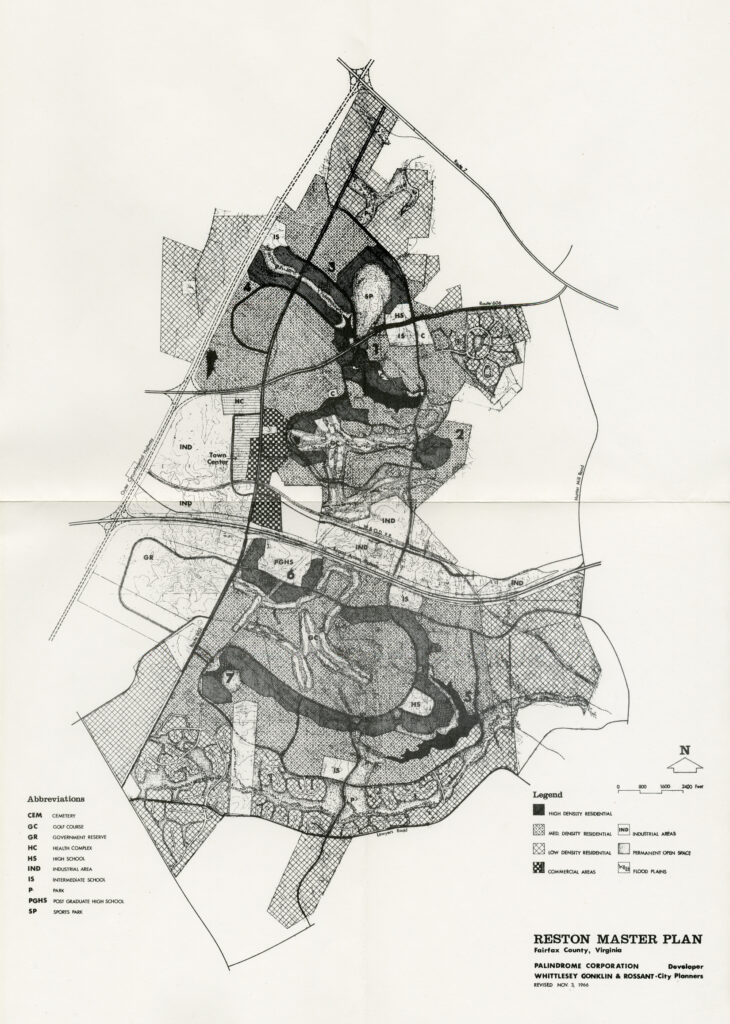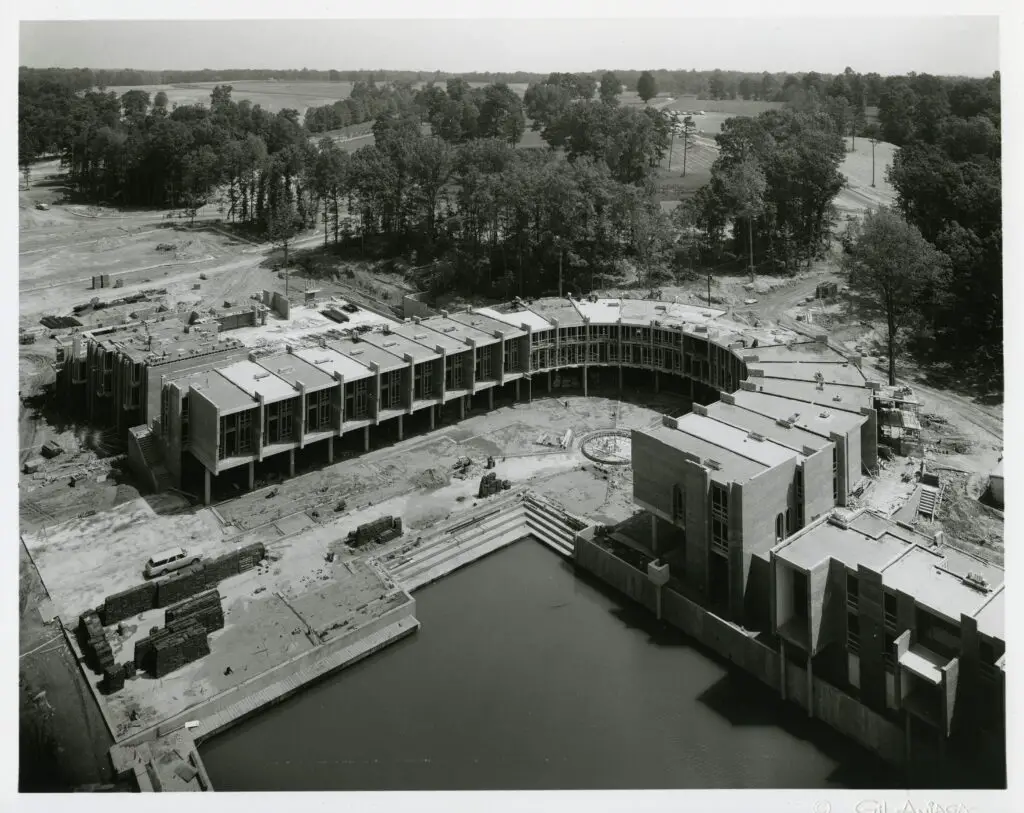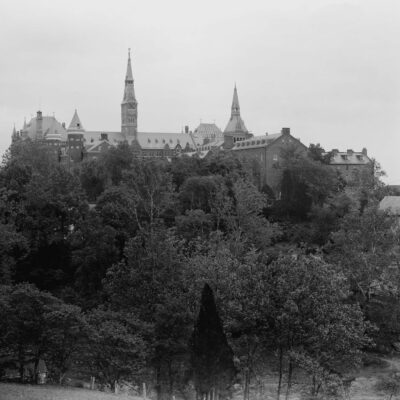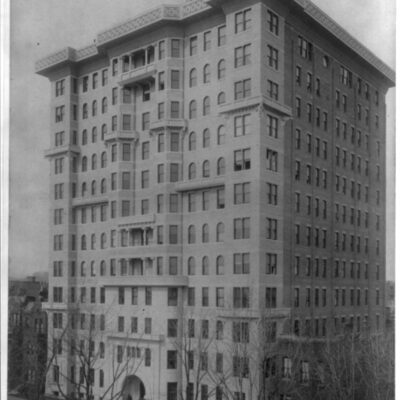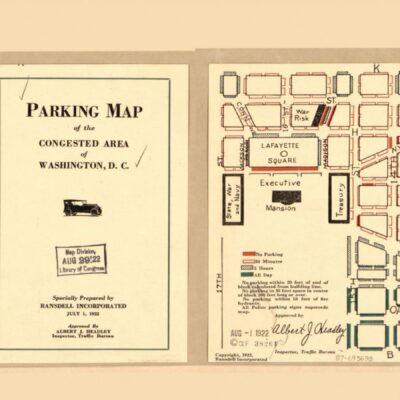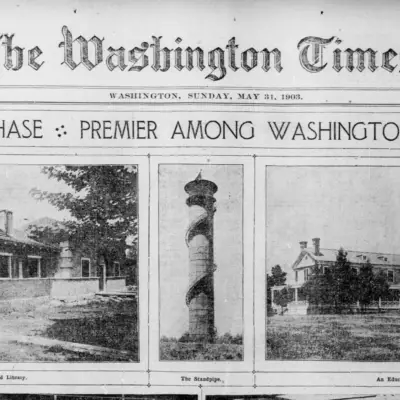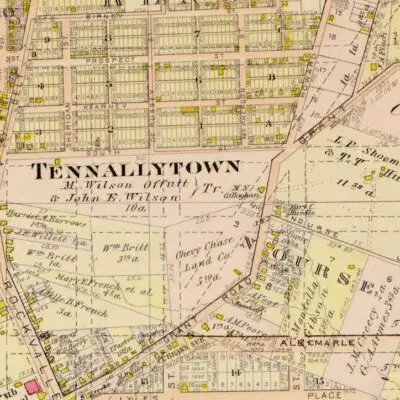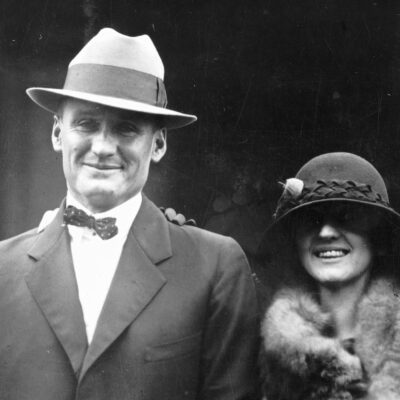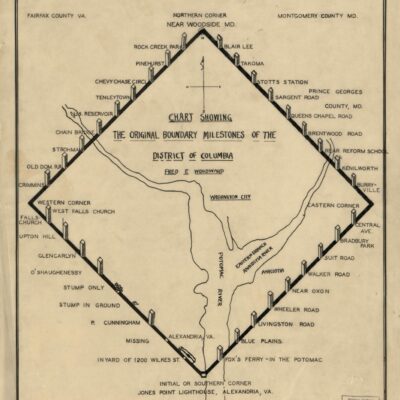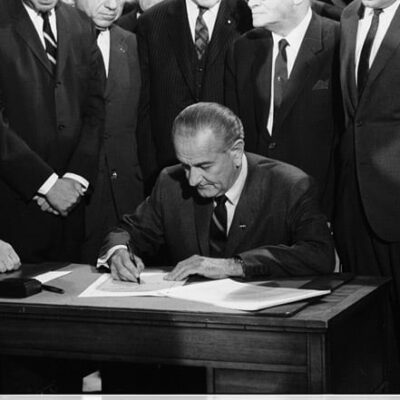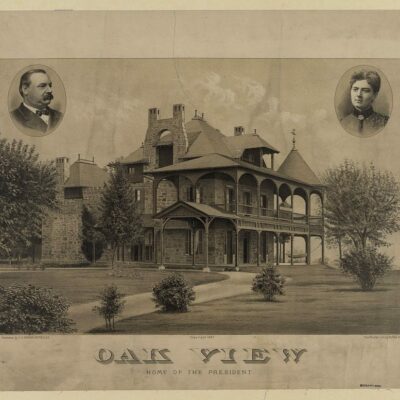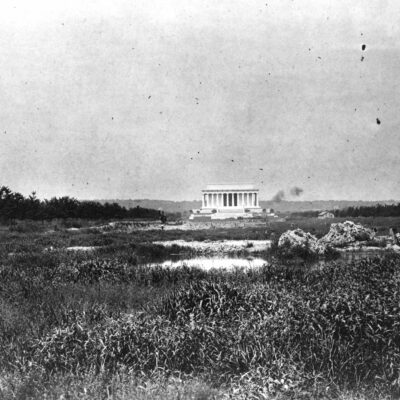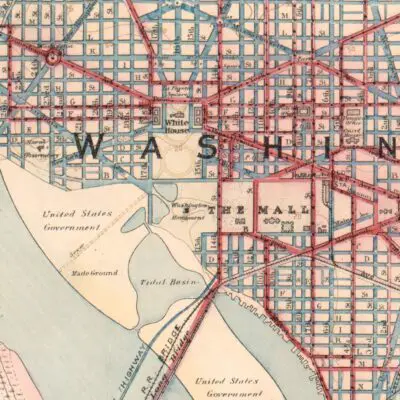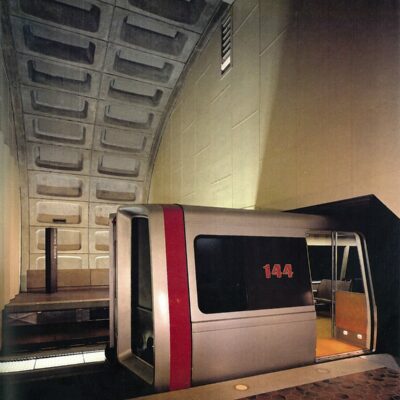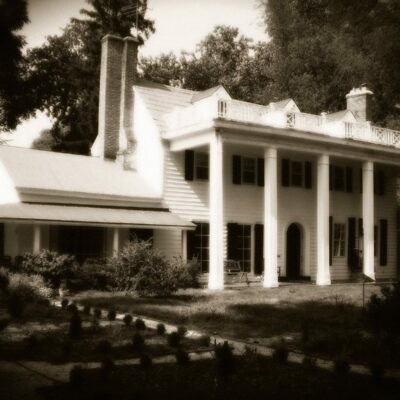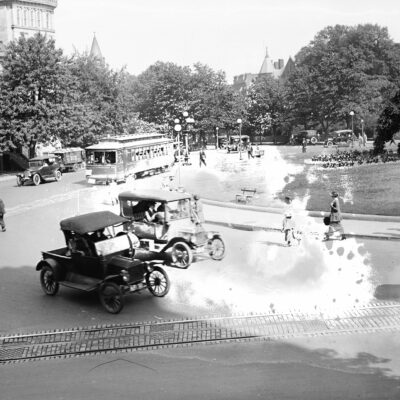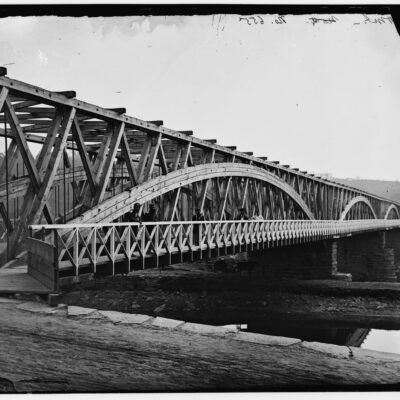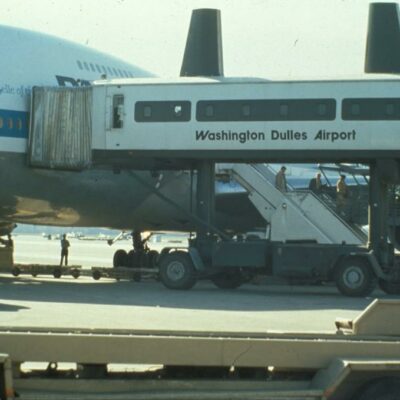Reston was officially born on April 10, 1964 as a planned community funded by real estate developer Robert E. Simon who had purchased 6,750 acres of land in Fairfax County after selling a notable family property, Carnegie Hall in New York City. Simon was the president of Palindrome Corporation and the name of the new town was to be a combination of Simon’s initials “RES” and town, or “ton”, and Reston was born.
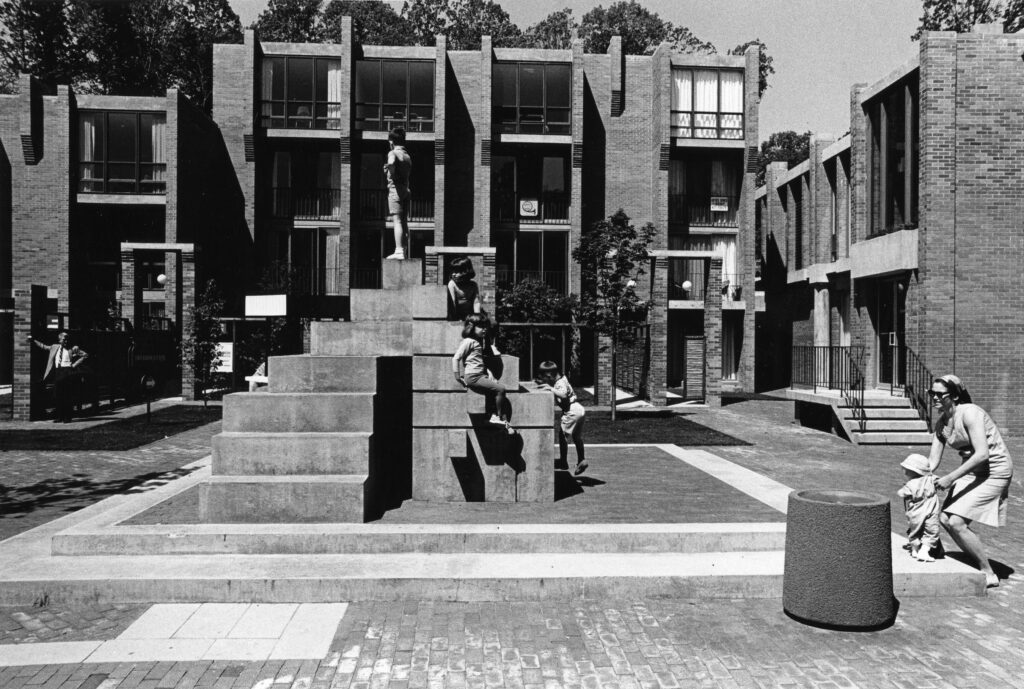
This was the era of white flight and urban decline, with families abandoning the District for the suburbs of Virginia and Maryland. It began with the purchase of the old Sunset Hills Farm, owned by the Bowman family, which was reported on in The Washington Post on April 6, 1961.

The $12.8 million purchase of 6750 acres of Sunset Hills Farm in Fairfax County from Lefcourt Realty Corp. was confirmed yesterday by Robert E. Simon, a New York City investor and real estate operator.
…
It is expected that Palindrome eventually will develop the rolling acreage of the vast Bowman family tract near the new Dulles Airport into a community of homes and industries.
The New York Times ran an article in October 1961 covering the new town to be built nearly 20 miles outside of Washington, near the also-new and soon-to-open Dulles International Airport.
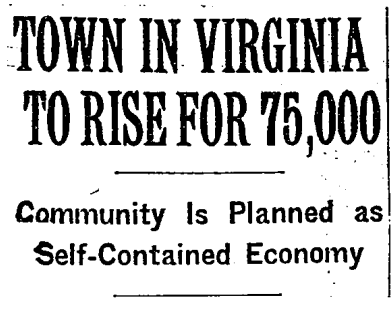
An eleven-square mile community near Washington that will have a population of 75,000 is being planned as a self-contained economic unit. It will have homes, light industry, shopping centers and recreation facilities.
…
Ground-breaking for the initial phase of the community, an industrial park section, is expected to take place next year. About fifteen years will be required to finish the project. The total cost is estimated at $500,000,000.
That’s an astonishing amount of money for the development, which amounts to nearly $4.98 billion today! Also, the population of Reston as of 2022 still hasn’t reached the estimated 75,000 from 1961, which projected it would happen by 1980.
A big change for Reston came in 1964 with a major investment by Gulf Oil. The headline in The Washington Post said it all on April 1st. Simon was running into financial difficulties with the planned community as sales didn’t approach initial projections. To keep this progressing, he accepted the investment from Gulf Oil in order to pay off creditors.

Within a few years of Gulf Oil’s involvement, they had forced Simon out and taken full control of the development project.
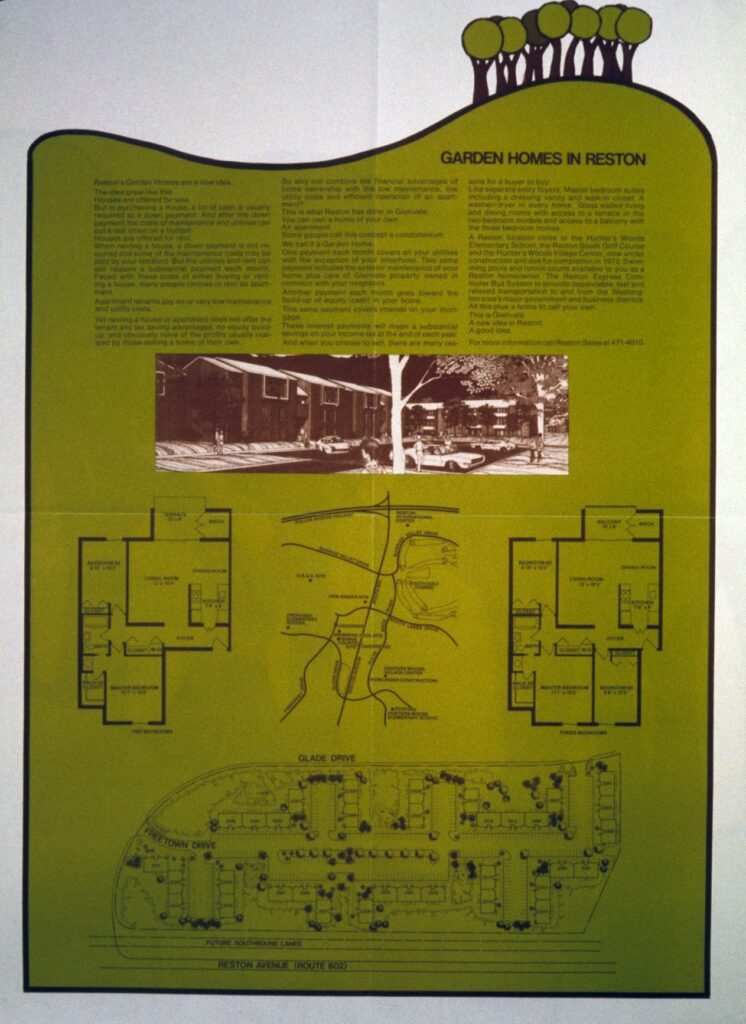
We came across some great maps and photos in the George Mason Reston @ 50 archives. Check them out below.
